Home>Furniture & Design>Interior Design Trends>How To Remove Limescale From Glass
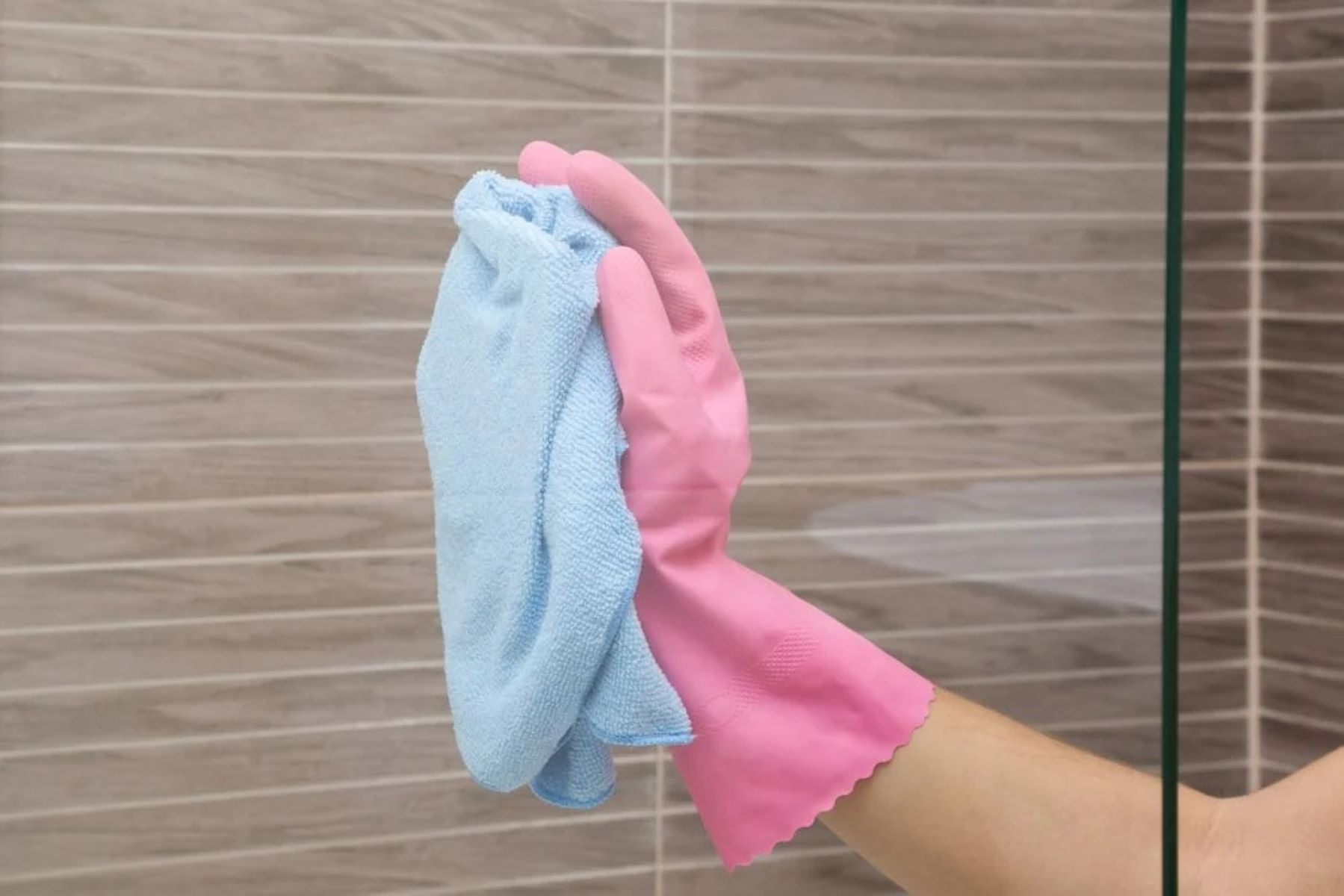

Interior Design Trends
How To Remove Limescale From Glass
Published: February 6, 2024
Learn effective methods for removing limescale from glass surfaces and keep up with the latest interior design trends. Transform your space with these expert tips!
(Many of the links in this article redirect to a specific reviewed product. Your purchase of these products through affiliate links helps to generate commission for Storables.com, at no extra cost. Learn more)
Introduction
Limescale, a stubborn and unsightly residue, often plagues glass surfaces, leaving behind a cloudy and unattractive film. Whether it's on shower doors, windows, or glassware, limescale can be a persistent nuisance, detracting from the aesthetic appeal of these surfaces. Fortunately, there are various effective methods for removing limescale from glass, ranging from commercial products to natural remedies that can restore the glass to its pristine condition.
Understanding the nature of limescale and the factors contributing to its buildup is crucial in effectively addressing this issue. By delving into the composition of limescale and its interaction with glass surfaces, we can gain valuable insights into the most effective removal and prevention strategies. Additionally, exploring the common methods and natural remedies for tackling limescale buildup on glass will equip us with a comprehensive toolkit for restoring the clarity and shine of glass surfaces.
In this article, we will delve into the intricacies of limescale removal, providing practical guidance on eliminating this persistent residue from glass. From understanding the underlying causes of limescale to exploring preventative measures, this comprehensive guide aims to empower readers with the knowledge and techniques needed to combat limescale buildup effectively. Whether you're dealing with cloudy shower doors, mineral deposits on windows, or limescale-encrusted glassware, the solutions presented here will help you restore the luster and transparency of glass surfaces, enhancing the overall visual appeal of your living spaces.
With a focus on both commercial products and natural remedies, this article will offer a balanced approach to limescale removal, catering to individuals seeking environmentally friendly solutions as well as those looking for quick and efficient methods. By the end of this guide, you will be equipped with the expertise to tackle limescale buildup on glass with confidence, ensuring that your glass surfaces remain sparkling and free from the encumbrances of limescale residue.
Key Takeaways:
- Say goodbye to limescale on glass! Use vinegar, baking soda, or lemon juice to restore clarity. Prevent buildup with regular cleaning and protective coatings.
- Fight limescale naturally! Try vinegar, baking soda, or lemon juice for eco-friendly removal. Use preventive measures like squeegeeing and protective coatings to keep glass clear.
Read more: How To Remove Limescale From Toilet
Understanding Limescale
Limescale, also known as calcium carbonate, is a chalky white mineral deposit that forms on surfaces that come into contact with hard water. It is a common nuisance in households and commercial settings, often manifesting as a cloudy film on glass surfaces such as shower doors, windows, and glassware. Understanding the composition and formation of limescale is essential in effectively addressing its removal and preventing its recurrence.
The formation of limescale begins when hard water, which contains high levels of dissolved minerals such as calcium and magnesium, comes into contact with surfaces. As the water evaporates, these minerals are left behind, gradually building up and forming the characteristic white, crusty deposits known as limescale. This process is particularly prevalent in areas with hard water, where the mineral content is elevated, leading to more pronounced limescale buildup.
On glass surfaces, limescale can obscure transparency, diminish the aesthetic appeal, and pose challenges in cleaning and maintenance. Its presence is often accompanied by a rough texture, making the affected glass surfaces appear dull and uninviting. Moreover, limescale can be particularly stubborn, requiring targeted approaches for effective removal.
The chemical composition of limescale, primarily consisting of calcium carbonate, contributes to its resilience and adhesion to glass surfaces. This mineral compound forms strong bonds with the glass, making it challenging to remove using conventional cleaning methods. As limescale accumulates over time, it can become increasingly difficult to eliminate, necessitating specialized techniques and products for thorough removal.
In addition to its visual impact, limescale can also affect the functionality of glass surfaces. For instance, limescale buildup on shower doors can impede the smooth operation of sliding mechanisms and compromise the effectiveness of water-repelling coatings, leading to water spots and reduced clarity. Understanding the implications of limescale on both the appearance and functionality of glass surfaces underscores the importance of implementing effective removal and prevention strategies.
By comprehending the nature of limescale and its interaction with glass surfaces, individuals can make informed decisions regarding the selection of cleaning products and techniques. Furthermore, gaining insights into the factors contributing to limescale buildup enables proactive measures to mitigate its impact and preserve the pristine condition of glass surfaces.
Understanding limescale is the first step toward effectively addressing its presence on glass surfaces, paving the way for targeted removal methods and proactive prevention strategies. By acknowledging the composition, formation, and implications of limescale, individuals can approach its removal with confidence, ensuring that glass surfaces remain clear, lustrous, and free from the encumbrances of limescale residue.
Common Methods for Removing Limescale from Glass
When it comes to tackling limescale buildup on glass surfaces, several common methods have proven to be effective in restoring clarity and shine. These methods encompass a range of commercial products and DIY approaches, each offering unique advantages in addressing limescale-related challenges. By understanding and leveraging these methods, individuals can effectively combat limescale residue on glass, ensuring that their surfaces remain pristine and visually appealing.
-
Vinegar Solution: A widely recognized and cost-effective method for removing limescale from glass involves using a vinegar solution. By combining equal parts of white vinegar and water in a spray bottle, individuals can create a potent limescale-dissolving agent. The acidic nature of vinegar effectively breaks down the mineral deposits, facilitating their removal from the glass surface. After spraying the solution onto the affected areas, allowing it to sit for several minutes before wiping with a clean cloth can yield impressive results.
-
Commercial Limescale Removers: Numerous commercial limescale removers are specifically formulated to tackle stubborn mineral deposits on glass surfaces. These products often contain powerful acidic compounds that target limescale, facilitating its dissolution and removal. When using commercial limescale removers, it is essential to follow the manufacturer's instructions carefully to ensure safe and effective application. Additionally, selecting products that are suitable for glass surfaces and compatible with specific limescale severity levels can optimize the removal process.
-
Scrubbing with Baking Soda: Baking soda, renowned for its abrasive yet non-abrasive nature, can be utilized to scrub away limescale from glass surfaces. By creating a paste using baking soda and water, individuals can apply this mixture to the affected areas and gently scrub with a non-abrasive sponge or cloth. The mild abrasive properties of baking soda aid in dislodging limescale deposits, while its non-abrasive nature prevents damage to the glass surface. This method is particularly effective for addressing moderate limescale buildup and can be complemented with vinegar for enhanced results.
-
Lemon Juice Application: The natural acidity of lemon juice makes it an effective ally in combating limescale on glass surfaces. By applying undiluted lemon juice to the affected areas and allowing it to sit for a period, the acidic properties of the juice work to dissolve and loosen the limescale deposits. Subsequent gentle scrubbing or wiping with a damp cloth can then facilitate the removal of the softened limescale, leaving the glass surface revitalized and free from cloudy residues.
-
Razor Blade Scraping: In cases of severe limescale buildup, particularly on shower doors and windows, the careful use of a razor blade can be employed to scrape away stubborn deposits. When wielded with caution and precision, a razor blade can effectively remove thick limescale layers, restoring the smoothness and transparency of the glass surface. It is crucial to exercise care and utilize this method only on flat, untextured glass to avoid causing scratches or damage.
By leveraging these common methods for removing limescale from glass, individuals can address limescale-related challenges with confidence and efficacy. Whether opting for natural remedies or commercial products, the key lies in selecting the most suitable method based on the severity of limescale buildup and the specific characteristics of the glass surface. With the right approach, limescale can be effectively eliminated, allowing glass surfaces to regain their pristine clarity and visual allure.
Natural Remedies for Removing Limescale from Glass
In addition to commercial products, natural remedies offer effective and environmentally friendly solutions for removing limescale from glass surfaces. These remedies harness the power of common household ingredients to dissolve and eliminate limescale, restoring the transparency and luster of glass without the use of harsh chemicals. By incorporating natural remedies into limescale removal routines, individuals can achieve impressive results while minimizing the environmental impact of their cleaning efforts.
Distilled White Vinegar
Distilled white vinegar, a versatile and eco-friendly cleaning agent, is renowned for its efficacy in combating limescale on glass surfaces. Its acidic nature enables it to dissolve mineral deposits, making it an ideal natural remedy for restoring the clarity of glass. To utilize distilled white vinegar for limescale removal, individuals can create a solution by mixing equal parts of vinegar and water in a spray bottle. After spraying the solution onto the affected areas, allowing it to sit for a few minutes before wiping with a clean cloth can yield remarkable results. The acidic properties of vinegar work to break down limescale, facilitating its removal without causing damage to the glass surface.
Read more: How To Clean Limescale From The Showerhead
Baking Soda Paste
Baking soda, a staple in many households, offers gentle yet effective abrasive properties that make it well-suited for removing limescale from glass. By creating a paste using baking soda and water, individuals can apply this mixture to the affected areas and gently scrub with a non-abrasive sponge or cloth. The mild abrasive nature of baking soda aids in dislodging limescale deposits, while its non-abrasive characteristics prevent scratches or damage to the glass surface. When combined with vinegar, baking soda can create a powerful natural cleaning agent that effectively tackles limescale, leaving glass surfaces revitalized and free from cloudy residues.
Lemon Juice
The natural acidity of lemon juice makes it a valuable ally in the battle against limescale on glass surfaces. Applying undiluted lemon juice to the affected areas and allowing it to sit for a period allows the acidic properties of the juice to work on dissolving and loosening the limescale deposits. Subsequent gentle scrubbing or wiping with a damp cloth can then facilitate the removal of the softened limescale, leaving the glass surface gleaming and free from stubborn residues. The refreshing scent of lemon adds an appealing touch to the cleaning process, enhancing the overall experience of limescale removal.
By incorporating these natural remedies into limescale removal routines, individuals can harness the power of environmentally friendly solutions to restore the clarity and shine of glass surfaces. Whether opting for distilled white vinegar, baking soda, or lemon juice, these natural remedies offer effective alternatives to commercial products, enabling individuals to achieve impressive results while minimizing their environmental footprint. With the right approach, natural remedies can effectively eliminate limescale, allowing glass surfaces to regain their pristine clarity and visual allure.
Preventing Limescale Buildup on Glass
Preventing limescale buildup on glass surfaces is essential for maintaining their clarity, transparency, and overall visual appeal. By implementing proactive measures, individuals can mitigate the impact of hard water and minimize the formation of stubborn limescale deposits. These preventive strategies not only preserve the pristine condition of glass but also reduce the need for frequent and intensive limescale removal efforts.
Regular Maintenance and Cleaning
Consistent and thorough cleaning of glass surfaces is a fundamental preventive measure against limescale buildup. By incorporating regular maintenance routines, such as wiping down shower doors after each use and cleaning windows with limescale-dissolving agents, individuals can prevent mineral deposits from accumulating and hardening over time. This proactive approach minimizes the opportunity for limescale to take hold, preserving the transparency and smoothness of glass surfaces.
Read more: How To Get Limescale Off Glass
Water Softening Systems
Installing water softening systems can significantly reduce the mineral content in water, effectively mitigating the impact of hard water on glass surfaces. These systems work by replacing calcium and magnesium ions with sodium ions, resulting in softened water that is less prone to causing limescale buildup. By investing in water softening solutions, individuals can proactively address the root cause of limescale, ensuring that glass surfaces remain free from the unsightly residues associated with hard water.
Squeegee Usage
Utilizing a squeegee to remove water and moisture from glass surfaces after each use can prevent limescale formation by minimizing the opportunity for mineral deposits to dry and adhere to the glass. This simple yet effective practice is particularly beneficial for shower doors and windows, where water droplets can contribute to limescale buildup. By incorporating squeegee usage into daily routines, individuals can proactively combat limescale, preserving the pristine condition of glass surfaces.
Protective Coatings
Applying protective coatings to glass surfaces can create a barrier against limescale, reducing its adhesion and facilitating easier cleaning. These coatings, often formulated with hydrophobic properties, repel water and mineral deposits, preventing them from accumulating and hardening on the glass. By investing in protective coatings for shower doors, windows, and glassware, individuals can proactively safeguard these surfaces against limescale buildup, ensuring long-lasting clarity and visual appeal.
Environmental Factors
Considering environmental factors, such as ventilation and humidity levels, can also contribute to preventing limescale buildup on glass. Adequate ventilation in bathrooms and living spaces can help reduce moisture accumulation, minimizing the conditions conducive to limescale formation. By addressing environmental variables, individuals can complement other preventive measures, creating an inhospitable environment for limescale to develop on glass surfaces.
By implementing these preventive strategies, individuals can proactively combat limescale buildup on glass surfaces, preserving their clarity and visual allure. Whether through regular maintenance, water softening systems, squeegee usage, protective coatings, or environmental considerations, these proactive measures offer effective solutions for minimizing the impact of hard water and preventing the formation of stubborn limescale deposits.
Conclusion
In conclusion, the battle against limescale buildup on glass surfaces is a multifaceted endeavor that requires a comprehensive understanding of the nature of limescale, effective removal methods, natural remedies, and proactive prevention strategies. By delving into the intricacies of limescale and its interaction with glass, individuals can equip themselves with the knowledge and techniques needed to combat this persistent residue effectively.
The common methods for removing limescale from glass, including vinegar solutions, commercial limescale removers, scrubbing with baking soda, lemon juice application, and razor blade scraping, offer diverse approaches to addressing limescale-related challenges. Whether opting for natural remedies or commercial products, the key lies in selecting the most suitable method based on the severity of limescale buildup and the specific characteristics of the glass surface. With the right approach, limescale can be effectively eliminated, allowing glass surfaces to regain their pristine clarity and visual allure.
Furthermore, natural remedies provide environmentally friendly alternatives for limescale removal, harnessing the power of common household ingredients such as distilled white vinegar, baking soda, and lemon juice. These natural remedies offer effective solutions for restoring the transparency and luster of glass surfaces while minimizing the environmental impact of cleaning efforts.
In addition, proactive prevention strategies play a crucial role in preserving the clarity and transparency of glass surfaces. Regular maintenance and cleaning, water softening systems, squeegee usage, protective coatings, and environmental considerations collectively contribute to minimizing the impact of hard water and preventing the formation of stubborn limescale deposits. By implementing these preventive measures, individuals can proactively combat limescale buildup on glass surfaces, ensuring their long-lasting visual appeal.
Ultimately, the comprehensive guide presented here aims to empower individuals with the expertise to tackle limescale buildup on glass with confidence. By understanding the underlying causes of limescale, exploring effective removal methods, leveraging natural remedies, and implementing proactive prevention strategies, individuals can ensure that their glass surfaces remain sparkling and free from the encumbrances of limescale residue. With the knowledge and techniques provided in this guide, individuals can navigate the challenges of limescale removal and prevention, preserving the pristine condition and visual allure of their glass surfaces.
Frequently Asked Questions about How To Remove Limescale From Glass
Was this page helpful?
At Storables.com, we guarantee accurate and reliable information. Our content, validated by Expert Board Contributors, is crafted following stringent Editorial Policies. We're committed to providing you with well-researched, expert-backed insights for all your informational needs.
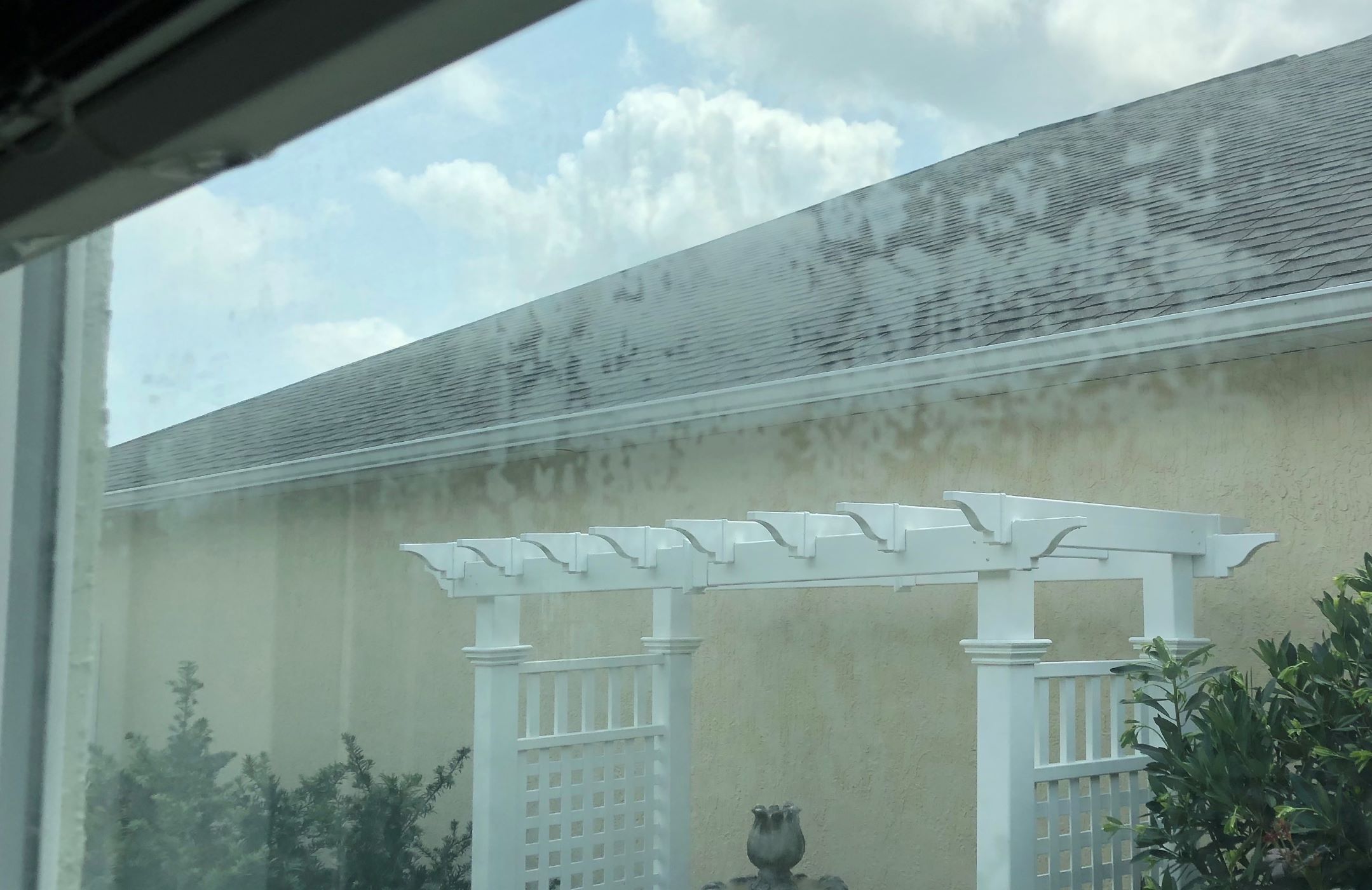
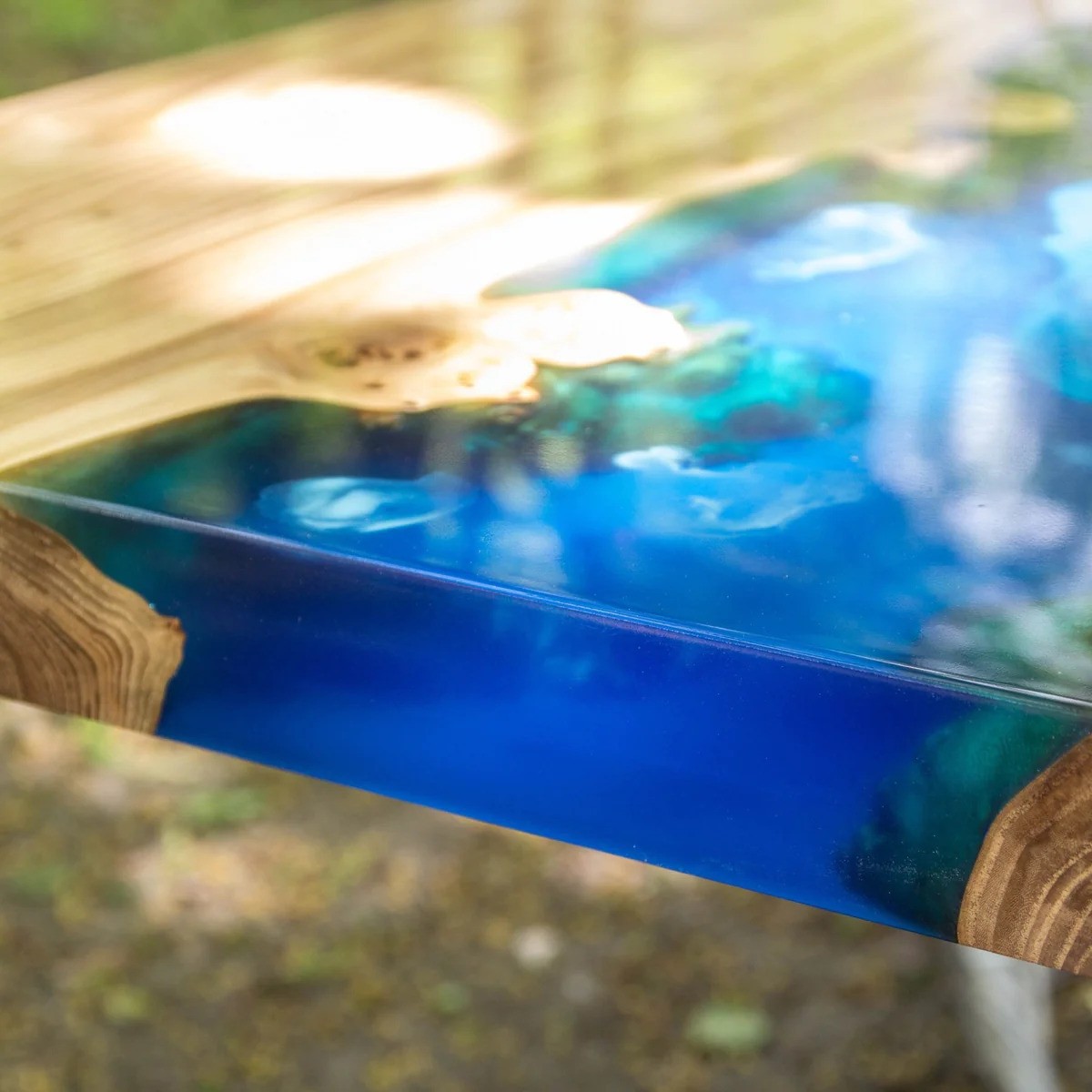
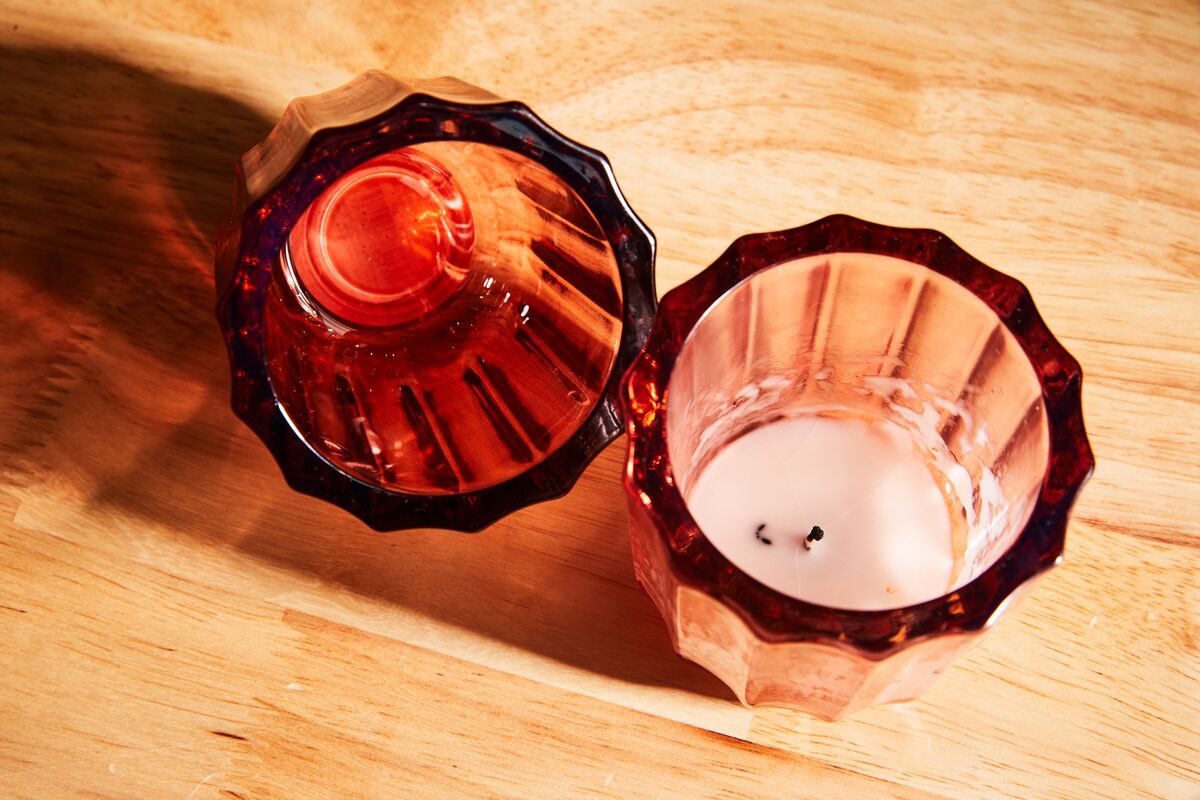
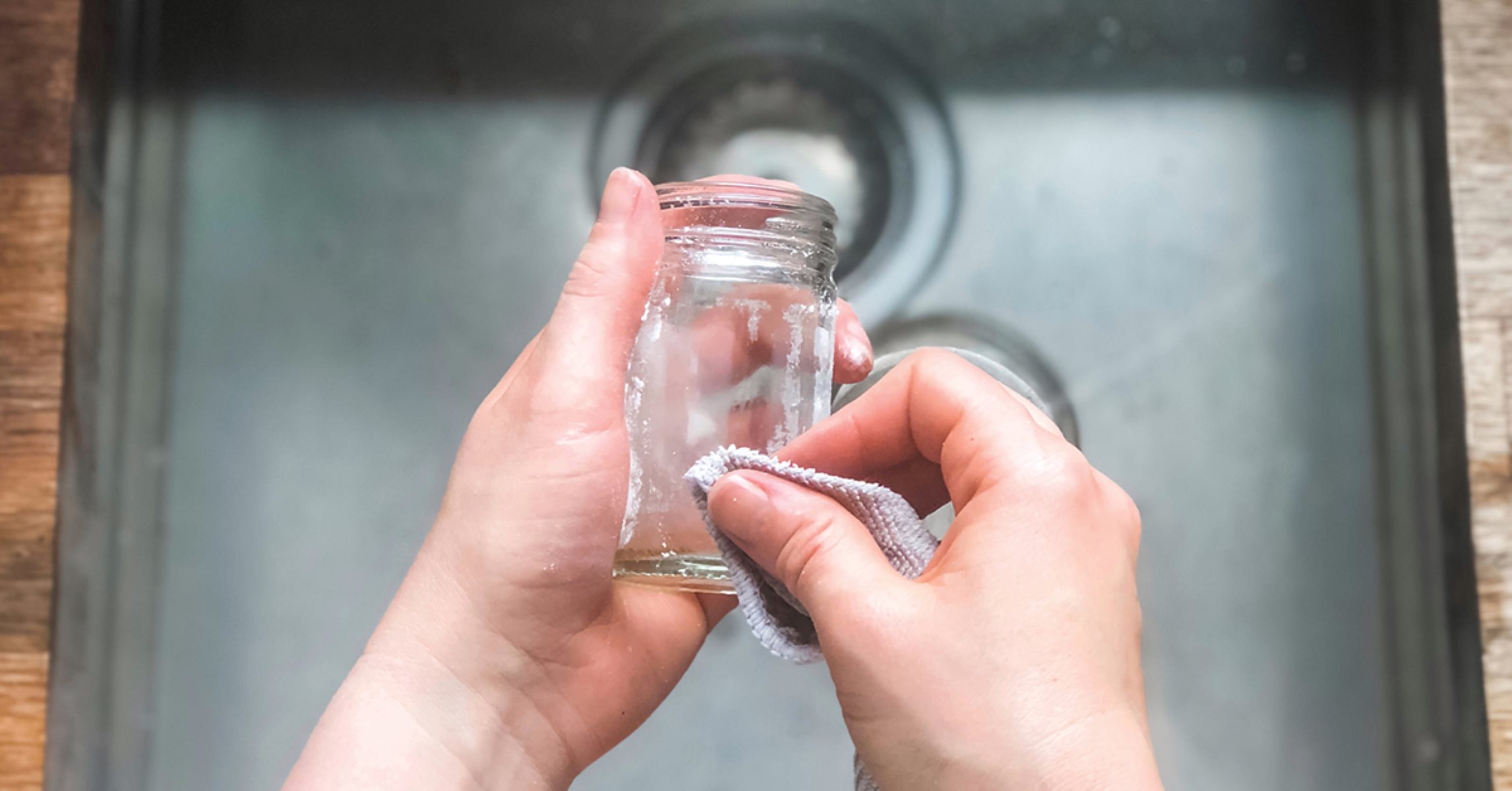
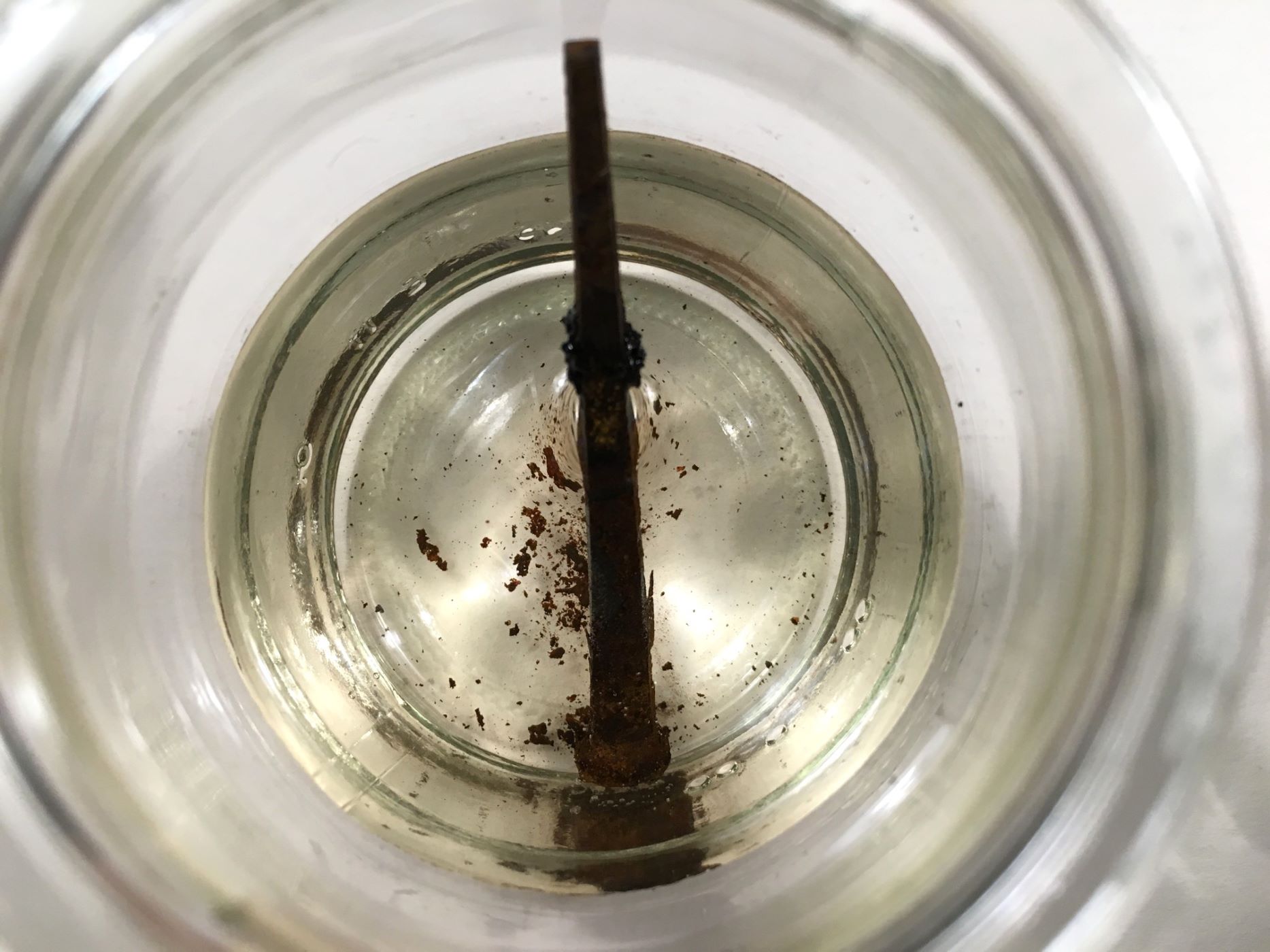
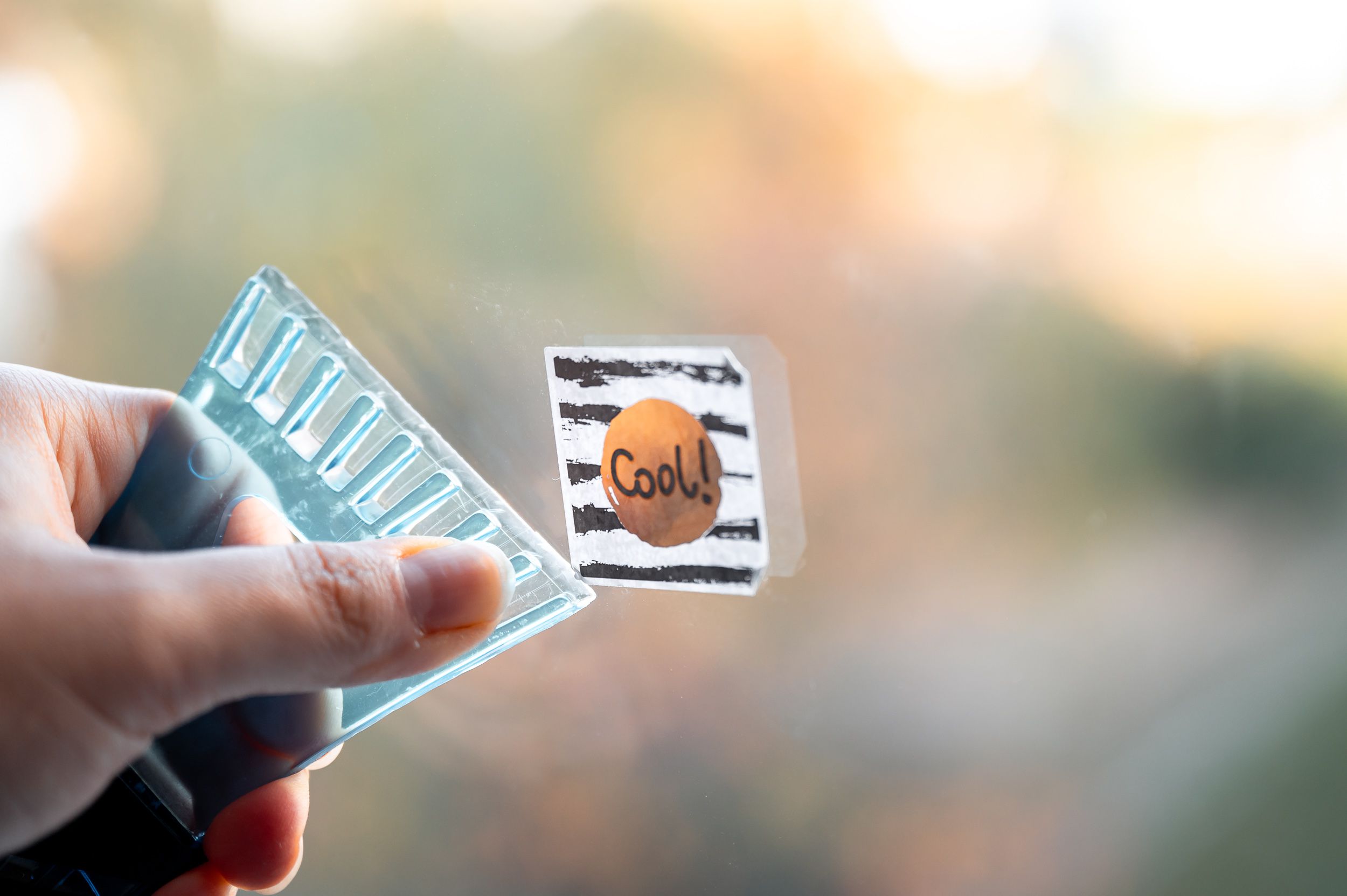
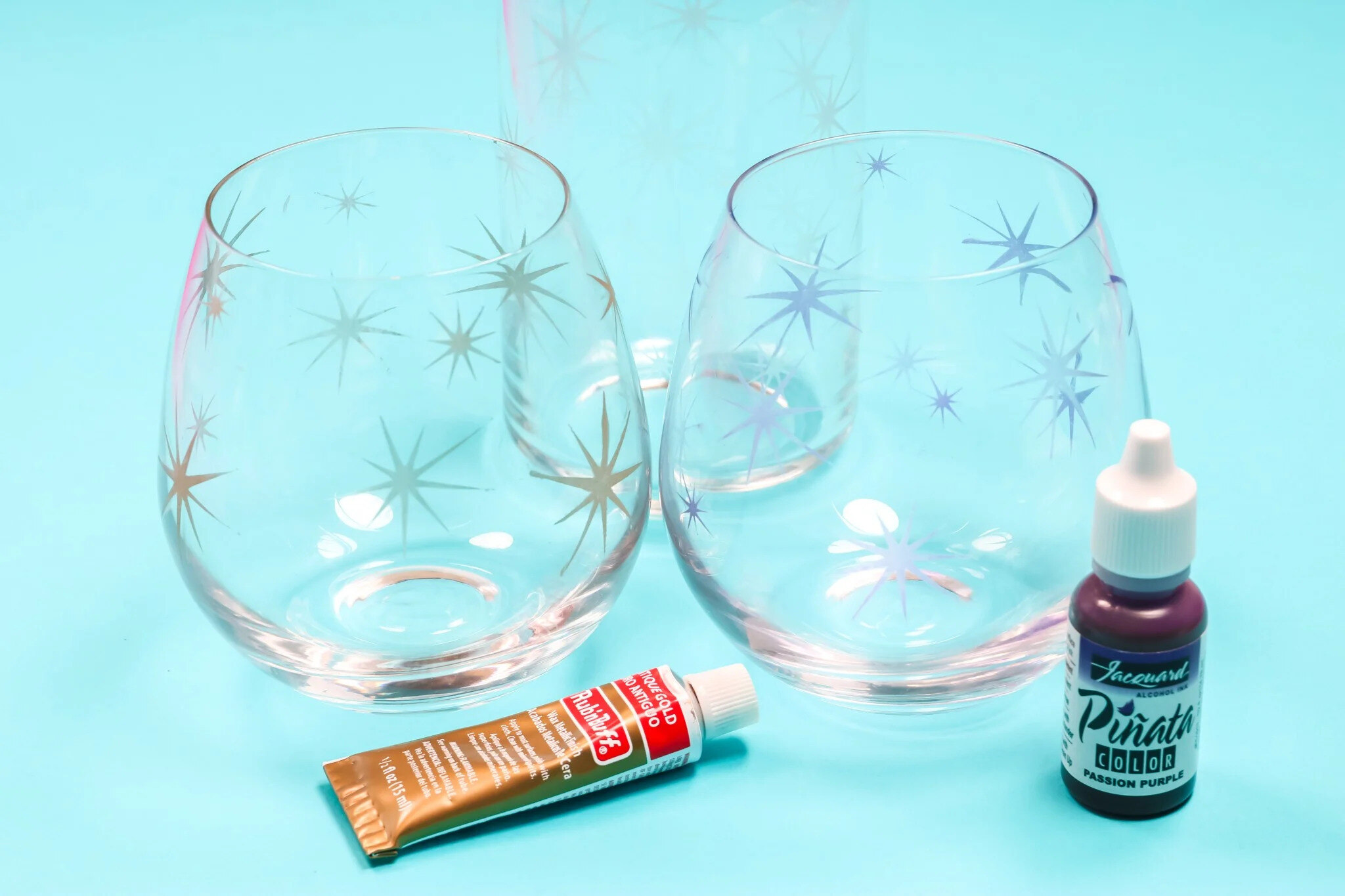
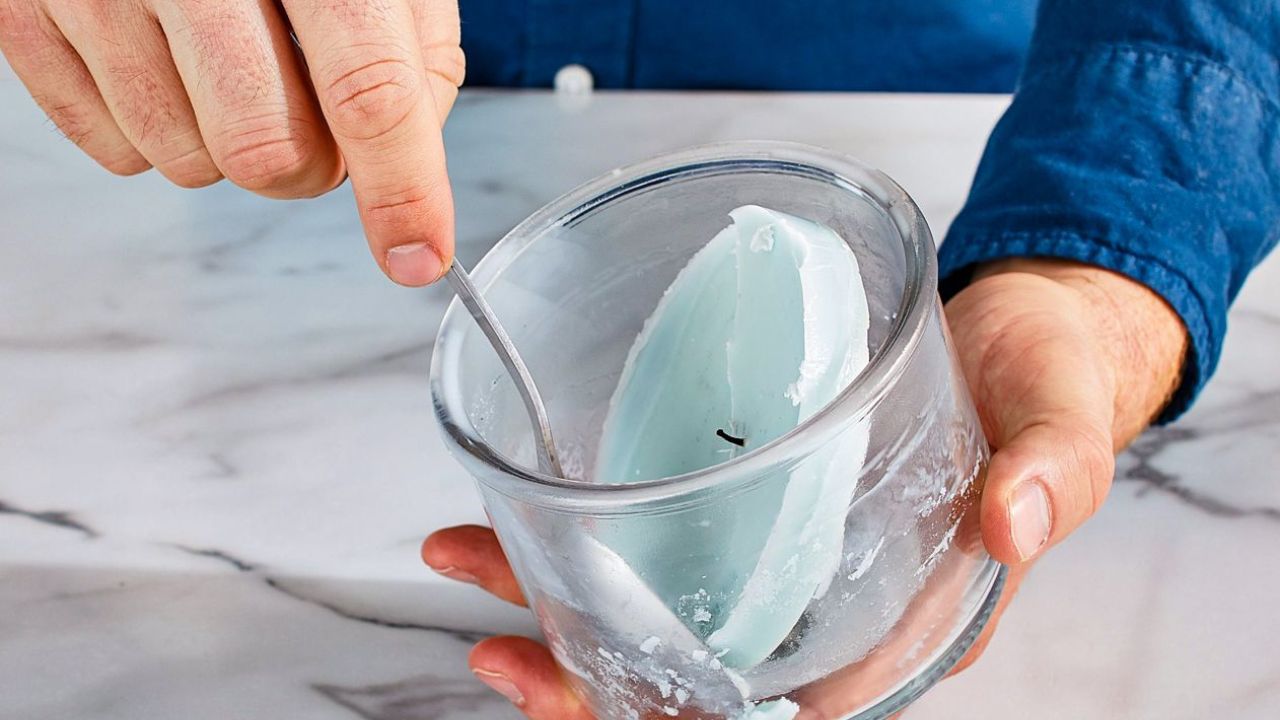
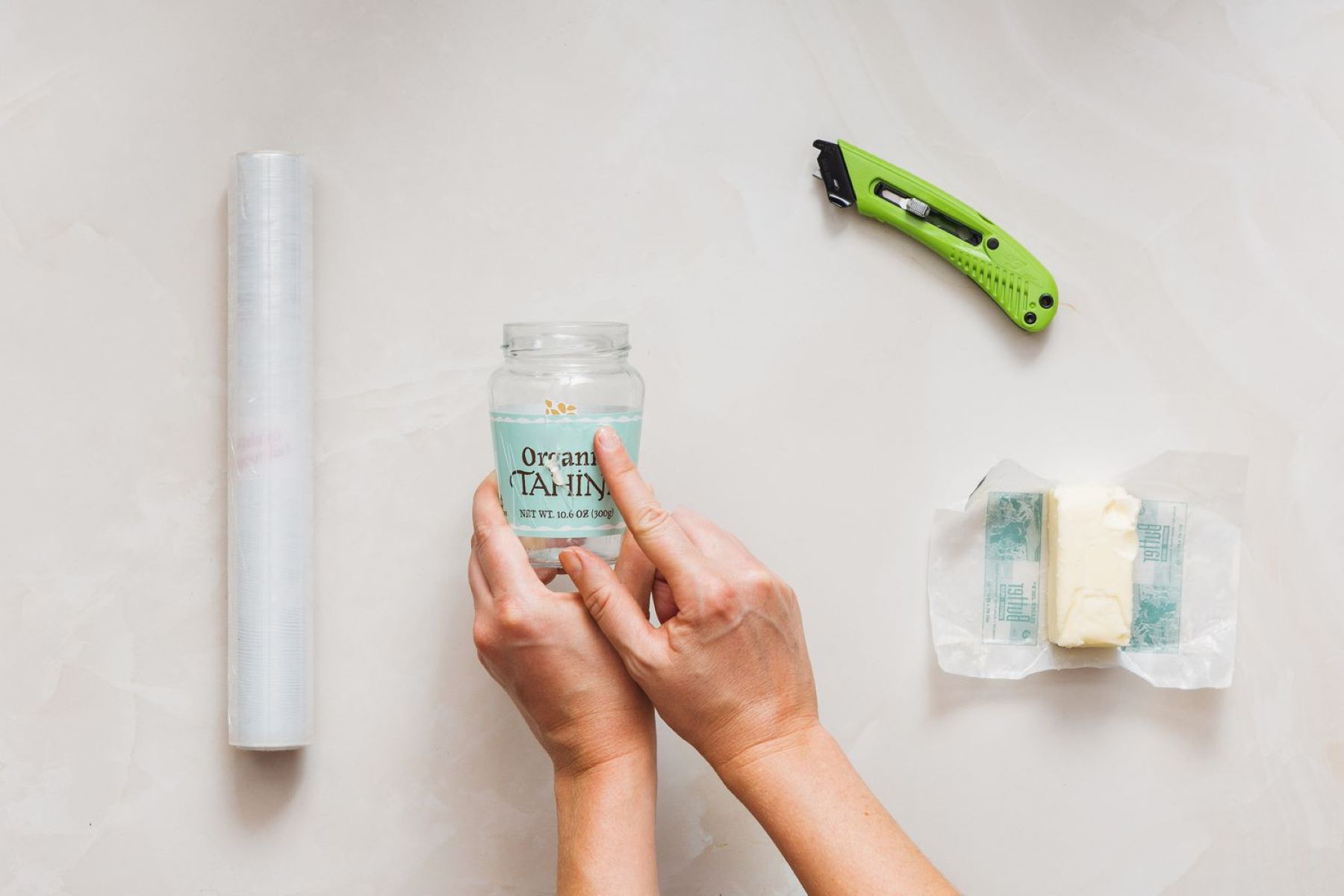
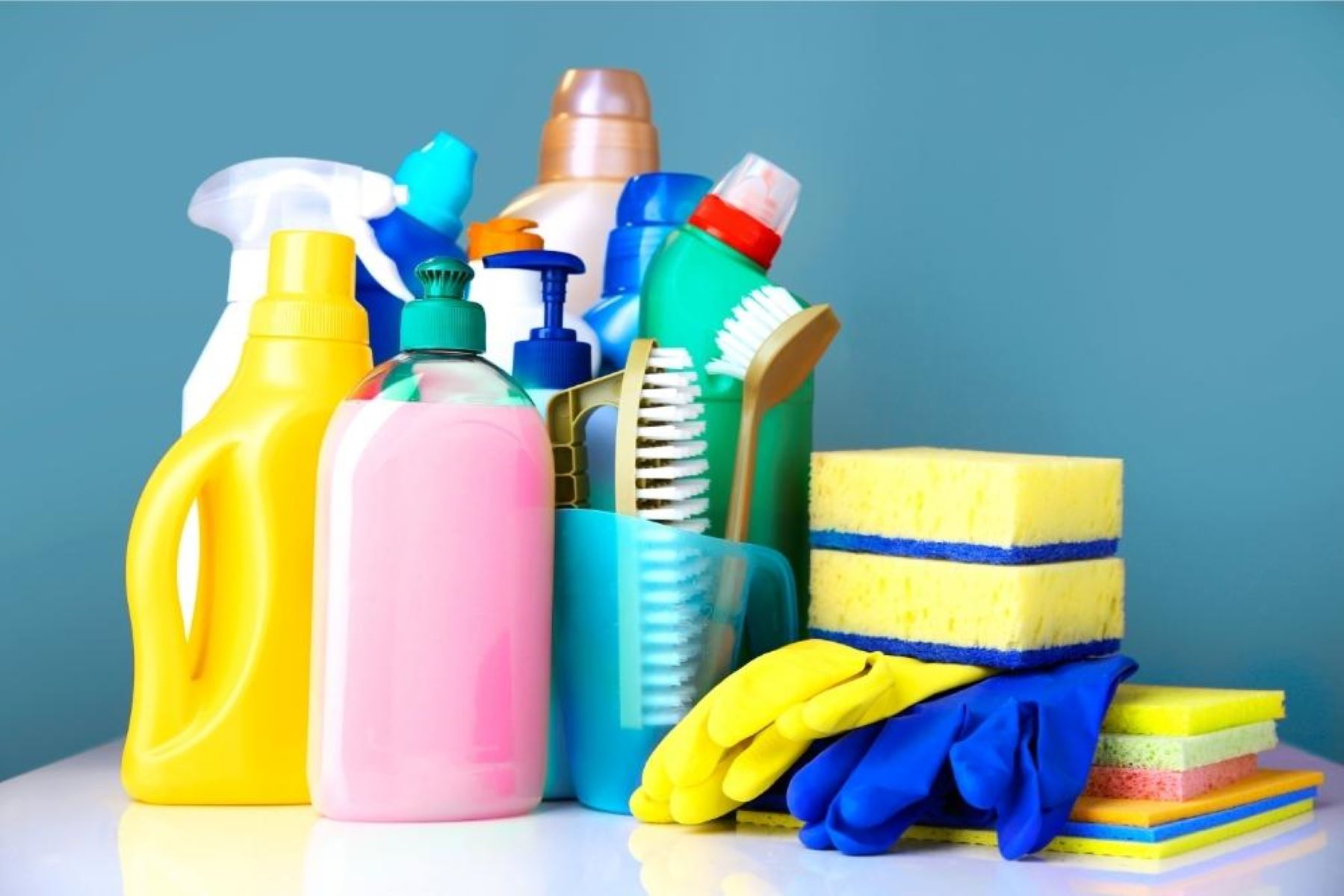
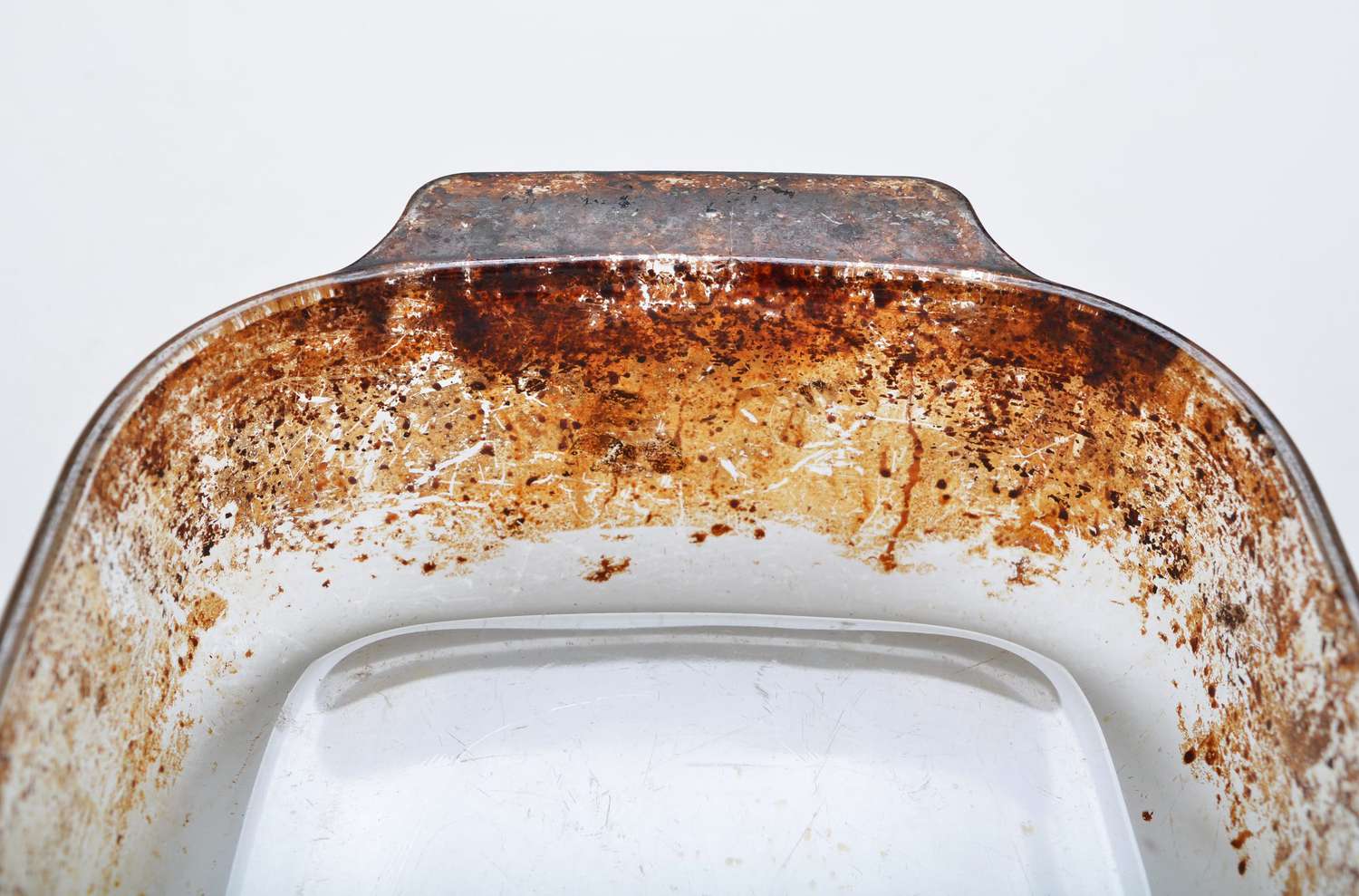
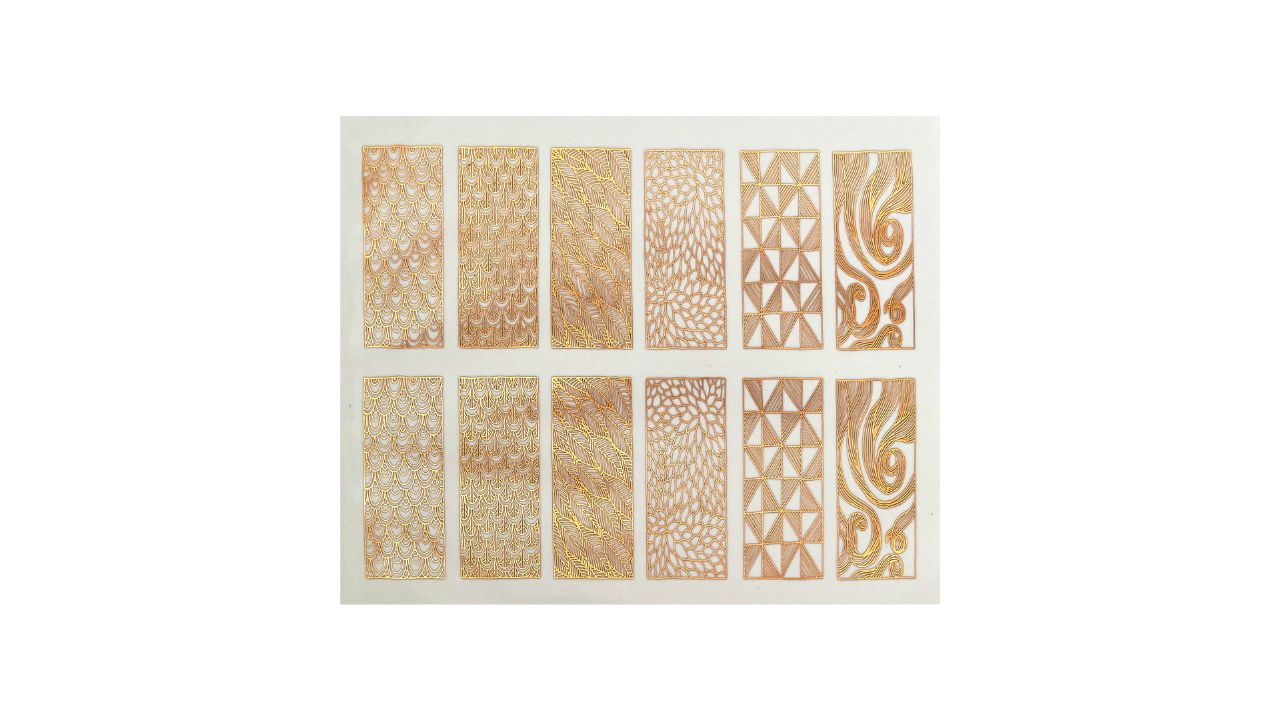

0 thoughts on “How To Remove Limescale From Glass”